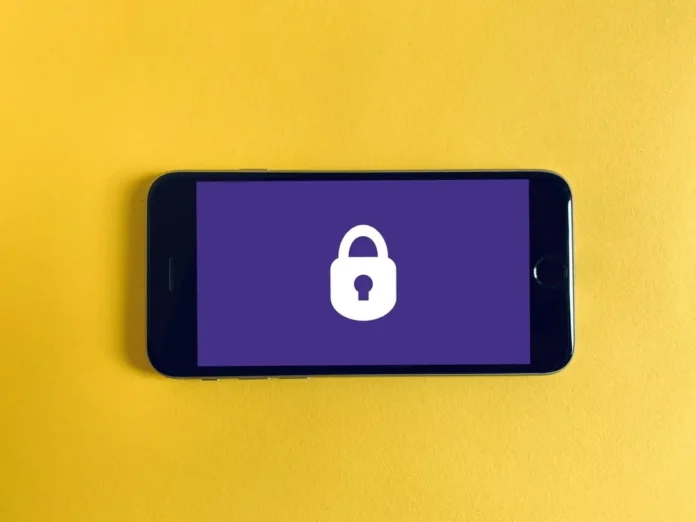The issue of protection in today’s world is very important for many users. Today, almost your entire life is digitally recorded. You post and send hundreds of photos to your friends, write private messages, or add credit cards to your accounts. All of this can be subject to hacker theft.
There are several ways to protect yourself from such unpleasant incidents. Among them is a good password on your account, working only with trusted websites, regular checks of your devices with antivirus, never following links in spam, and entering passwords to important accounts if you’re connected to public hotspots.
All these simple recommendations can secure your stay on the Internet and ensure that your personal data isn’t stolen. In addition, there is another fairly reliable way to protect your personal account. This is two-factor authentication when logging into your account.
What is Two Factor Authentication
2FA or two-factor authentication is an additional way to protect your accounts. It assumes that in addition to the regular password and login you will also be able to confirm your identity using additional verification.
Usually, another device or a linked account is used for this purpose. For example, if you want to sign in to the account from your computer, you may need to verify your account using your phone or an account with your email, for example.
How the two-factor authentication process works
There’s really nothing complicated about the 2FA process itself. It consists of a few simple steps
- On a website or service where you want to register you enter your password and login.
- After logging into your account you’re asked to verify that it’s you, to do this, you will be sent a special code in your email or SMS.
- After you’re asked to enter this one-time code on the website to verify that you’re the owner of this account.
- If the codes match, you’re given the right to log in to the account.
As you can see the process is quite simple. There is nothing complicated about it.
What are the types of 2FA
In fact, there are quite a few types of 2FA. For example, the retinal scan you see in many spy movies can also be considered 2FA. Below we will list the most popular types of 2FA for ordinary users who aren’t spies.
One-Time Code or Email Link
The most widespread way of two-factor authentication is to send a randomly generated one-time code to your email box, which will only be active for a small amount of time. For example 3 minutes. On the website, you will need to enter this code and then you can access your account.
It can also be in the form of a link, by clicking on which you will confirm your identity and you can also log into your account.
This is a very secure way because on most websites to register you will need to specify and verify your email at the registration. This means that you’re the exact owner of the email and you have access to it.
One-time code in the SMS
Often when you register you use a phone number instead of an email, it can be used for 2FA.
The scheme of work here’s exactly the same as in the check with email. You will be sent a randomly generated code that is valid for a limited amount of time and asked to enter it on the website for verification. After which you will be able to access your account.
Verification using third-party apps
In addition to this, verification using third-party apps is often used. For example, Google Authenticator. It will be connected to your service and generates a code that you need to enter at 2FA.
This is useful if you don’t have permanent access to your email and you don’t want to enter your phone number.
Verification with a trusted device
There are also services that offer you the possibility to select a device you trust. For example your phone. You always have it with you and you know that only you will use it.
In this case, if you try to sign in to your account from another device, you will get a Push-notification on your phone, asking you to verify that you really want to sign in to your account. Usually, this notification will also ask you a verification question to make sure that you aren’t a robot.
Biometric verification
This includes various checks using biometric data. For example, a fingerprint scanner or Face ID. It can also include spy-retinal scanners.
These are the most serious methods of protection and are quite rare. However, some services may allow you to log into your account using your phone scanners.





